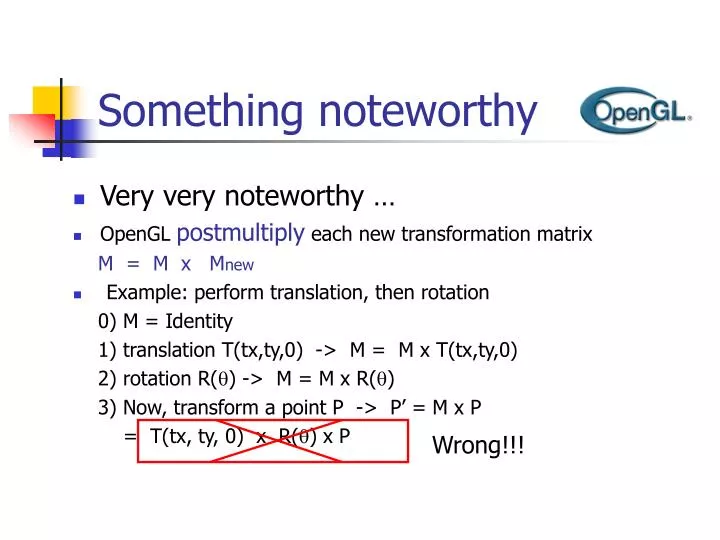
Centuries before the expression theory, Leonardo da Vinci stated that ‘art is the Queen of all sciences communicating knowledge to all generations of the world’. Making an impact on the sensory perceptions of others, a work of art should arguably communicate artist’s emotions or feeling. But it may never reach the viewer, or it may never leave the artist’s mind’.Īs a way of expressing emotions and ideas, art is also a powerful means of communication. In ‘Sentences of Conceptual Art’ in Art and Its Significance, American artist Sol Le Witt stated : ‘ Ideas alone can be works of art….All ideas need not be made physical.…A work of art may be understood as a conductor from the artist’s mind to the viewer’s.

Argued that expression theory restricts artists to the expression of feelings and emotions, later theorists emphasized that art can express not only feelings and emotion but also ideas. Tolstoy’s definition of art in his piece What Is Art? was very much out of this mould: ‘Art is a human activity, consisting in this, that one person consciously, by certain external signs, conveys to others feelings he has experienced, and other people are affected by these feelings and live them over in themselves’. Model of Jackson Pollock in his studio, by Joe Fig, via Art As a Form of Expressionīorn out of Romanticism, the expression theory of art defined it as the means of portraying the unique and individual emotions of artists. It wasn’t until the beginning of the 19th century and the rise of Romanticism that this idea started to fade away and much greater emphasis was placed on the expression of the artist’s emotions. In Lives of the Painters Renaissance painter and art historian Giorgio Vasari wrote ‘painting is just the imitation of all the living things of nature with their colors and designs just as they are in nature’.

The theory of art as an imitation of beauty or nature was persistent throughout the history of art. 'The aim of art is to represent not the outward appearance of things, but their inward significance', Aristotle wrote. As a realization in the external form of a true idea, art idealizes nature and completes its faults seeking to grasp the universal type in the individual phenomenon. Similarly, Aristotle traces art back to the love of imitation and recognizing likenesses which characterizes humans. Since life itself was just a mere and poor copy of perfect ideal forms, the art as a copy of a copy was simply a third removal from the reality and truth. Regarding all art forms as instances of ‘mimesis’ or imitation, he criticized them for failing to depict the eternal ideal realities that he referred to as ‘forms’ or ‘ideas’. The idea of art as an imitation, that dominated throughout centuries of art history, dates back to ancient Greece. In 1981, the German-born American art historian Peter Selz wrote: ‘If one general statement can be made about the art of our times, it is that one by one the old criteria of what a work of art ought to be have been discarded in favor of a dynamic approach in which everything is possible’. Since the rise of the avant-garde, Western tradition has been evolving to the point where anything can be presented as an art object, and where the role of the artist is subject to multiple interpretations. There is no agreement between philosophers, art historians and artists, and thus, we are left with so many definitions. The role of art has been changing over time, acquiring more of an aesthetic component here and a socio-educational function there. As the concept of art has been changing through centuries, its purpose has been defined as to represent reality, communicate emotions or ideas, create a sense of beauty, explore the nature of perception, explore formal elements for their own sake, or simply being nonexistent. Throughout the history of art, artists themselves have been pushing the boundaries of each definition and challenging our preconceptions.


The definition of art is open, subjective and debatable. The nature of art has been described by philosopher Richard Wollheim as ‘one of the most elusive of the traditional problems of human culture’. What is art? The question that has been troubling the humanity for centuries.


 0 kommentar(er)
0 kommentar(er)
